Tragedy, bravery and regeneration
During the Second World War, the Royal Hospital was subjected to an immense onslaught of aerial bombardment. The Hospital sustained numerous direct hits during the Blitz and on the 8th March 1941, a basket of incendiaries dropped with 6 becoming lodged in the buildings simultaneously.
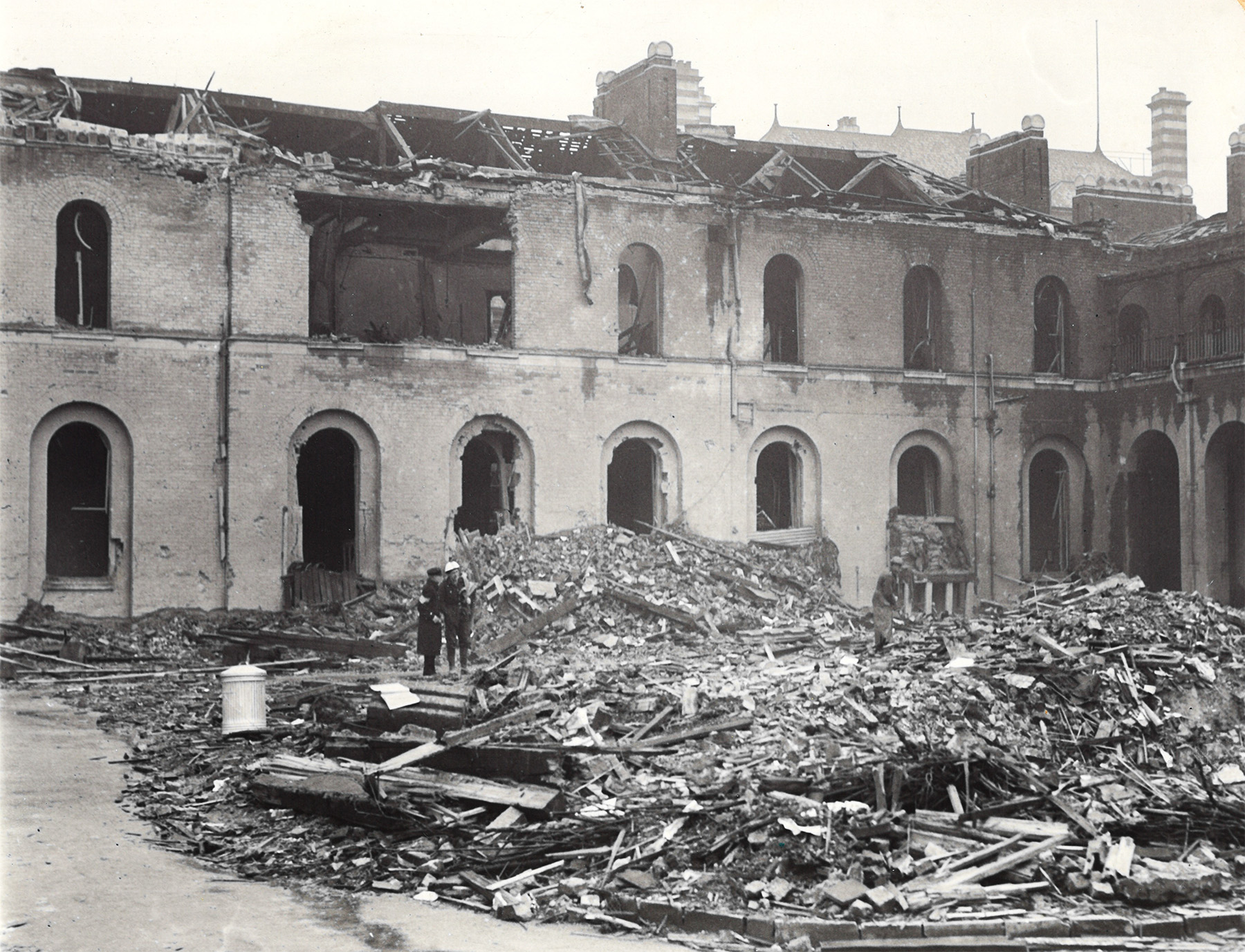
On 16 April 1941, the East Wing of Soane’s Infirmary was destroyed by an aerial mine. The rest of the Infirmary was so badly damaged that it had to be completely demolished.
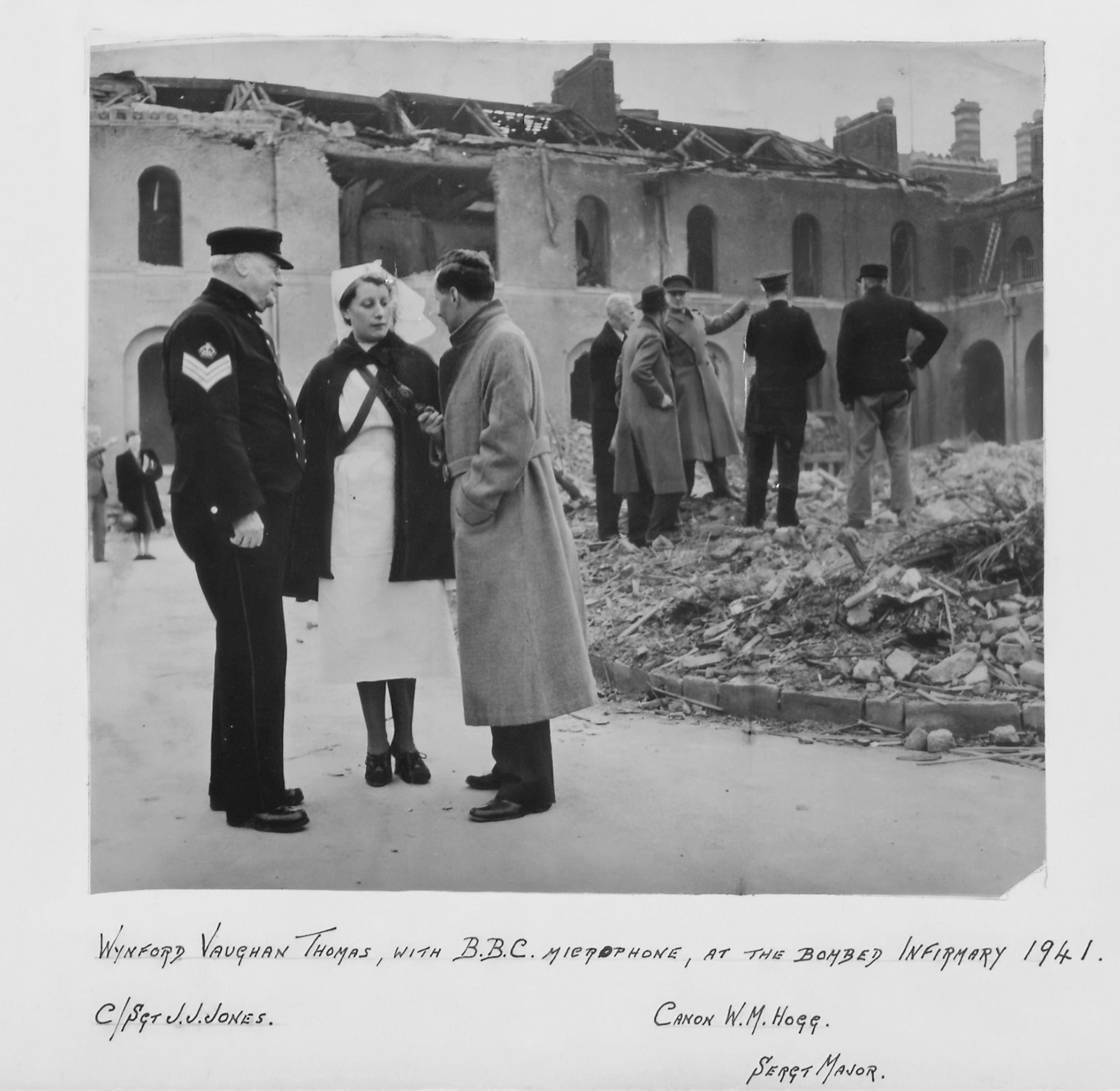
Four nurses, the Ward Master and eight Pensioners, including a centenarian, Samuel Pope, were killed outright and 37 stretcher cases were recovered from the rubble.
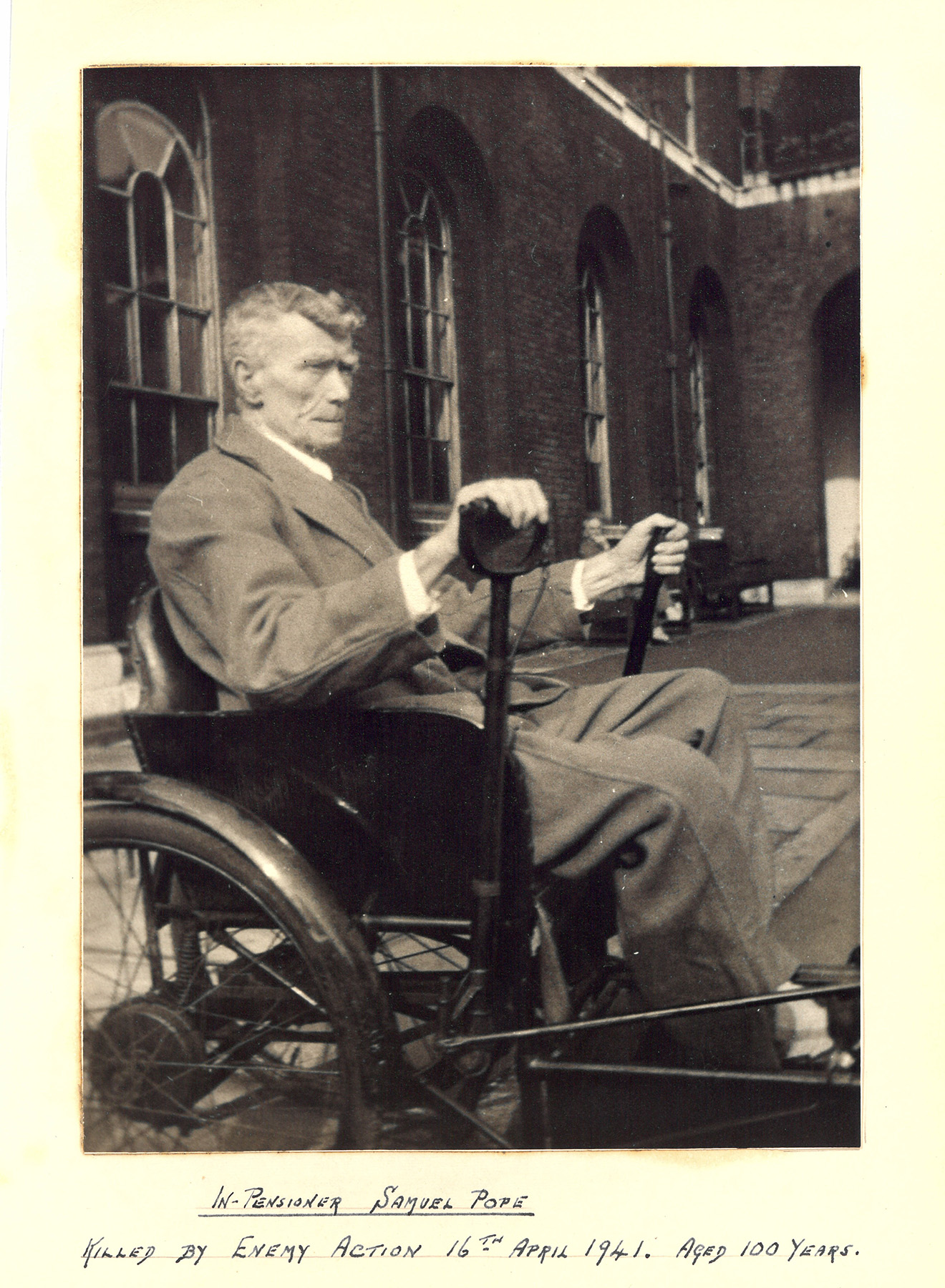
Over the course of the War, twenty-one people lost their lives and many more were wounded.
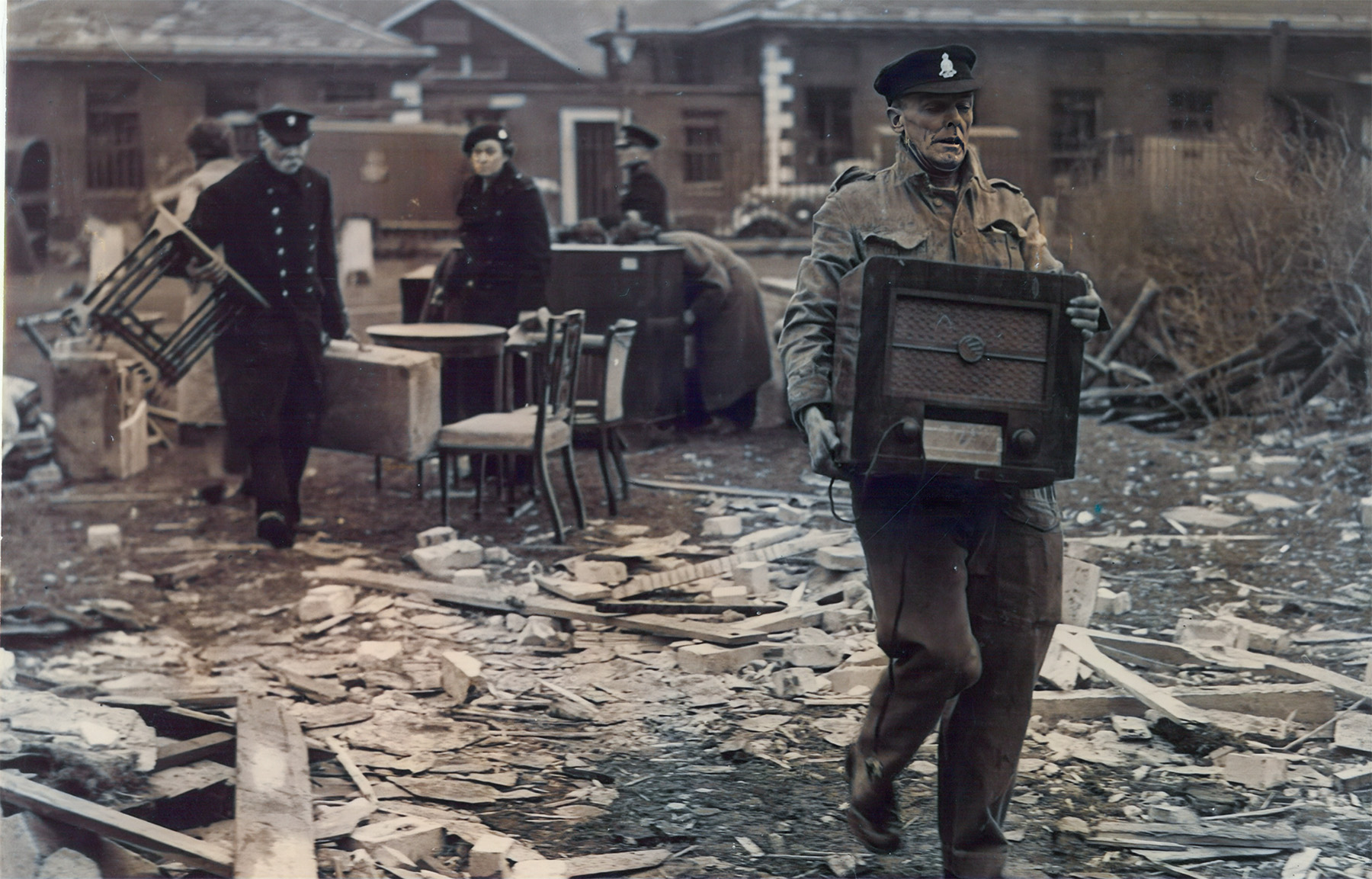
The last incident of the War took place on 3rd January 1945, when the North East Wing, having been reconstructed after the 1918 bombing, was once again destroyed. Five people from the Royal Hospital lost their lives and 19 others were injured. This also rendered the East Wing uninhabitable, and the residents were either sent on leave or to temporary accommodation arranged at Ross-on-Wye.
The Blitz spirit
The Royal Hospital was used as an air defence location and several air raid shelters were installed across the site, together with a barrage balloon and anti-aircraft searchlight. Chelsea Pensioners threw themselves into helping the war effort on the Home Front – from growing vegetables in the grounds to forming two Home Guard units. One Pensioner even wrote to the Air Ministry saying that, although he knew he was too old for active service, he had thought of a sedentary job he could do – sitting in an aeroplane and throwing the bombs out.
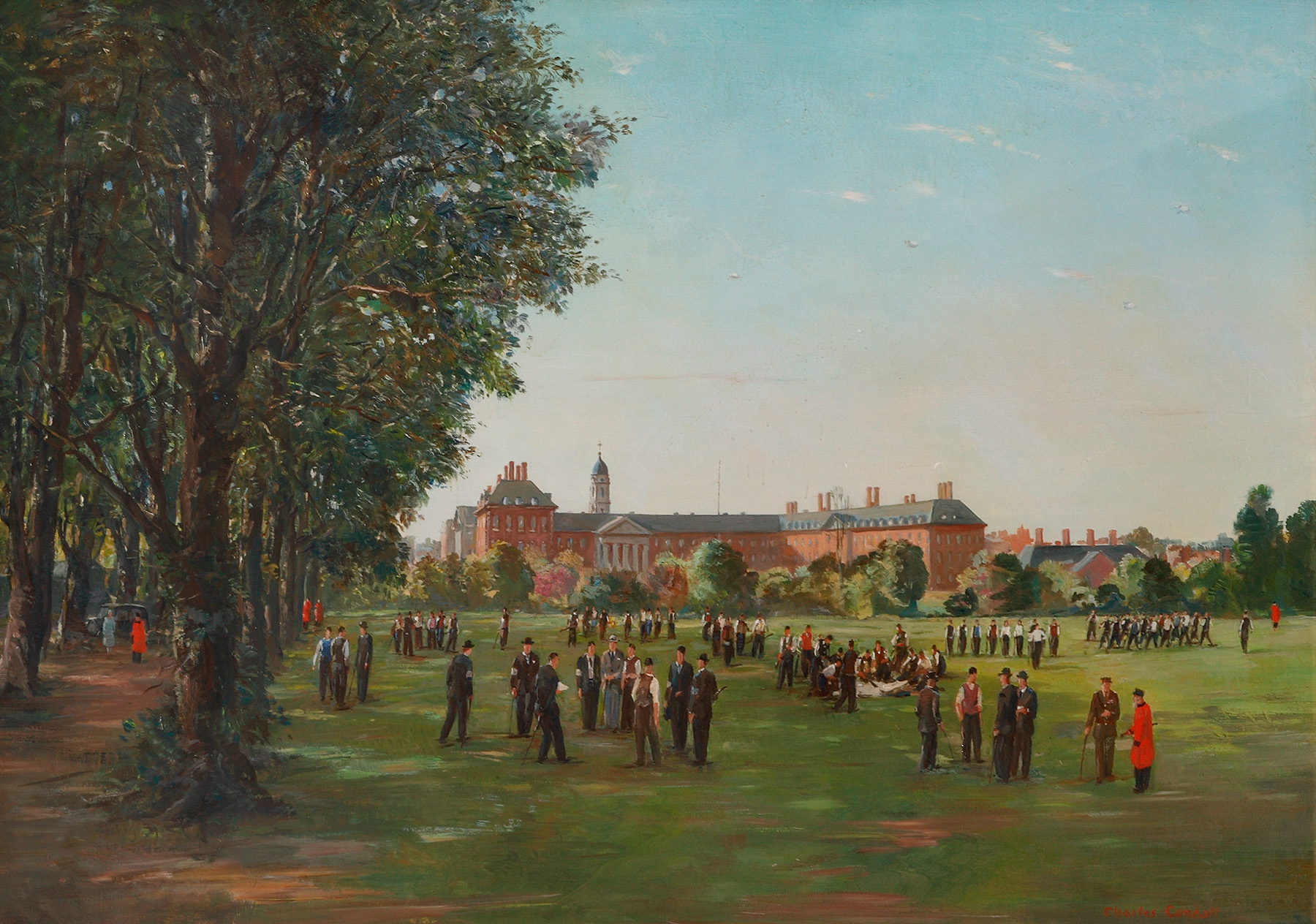
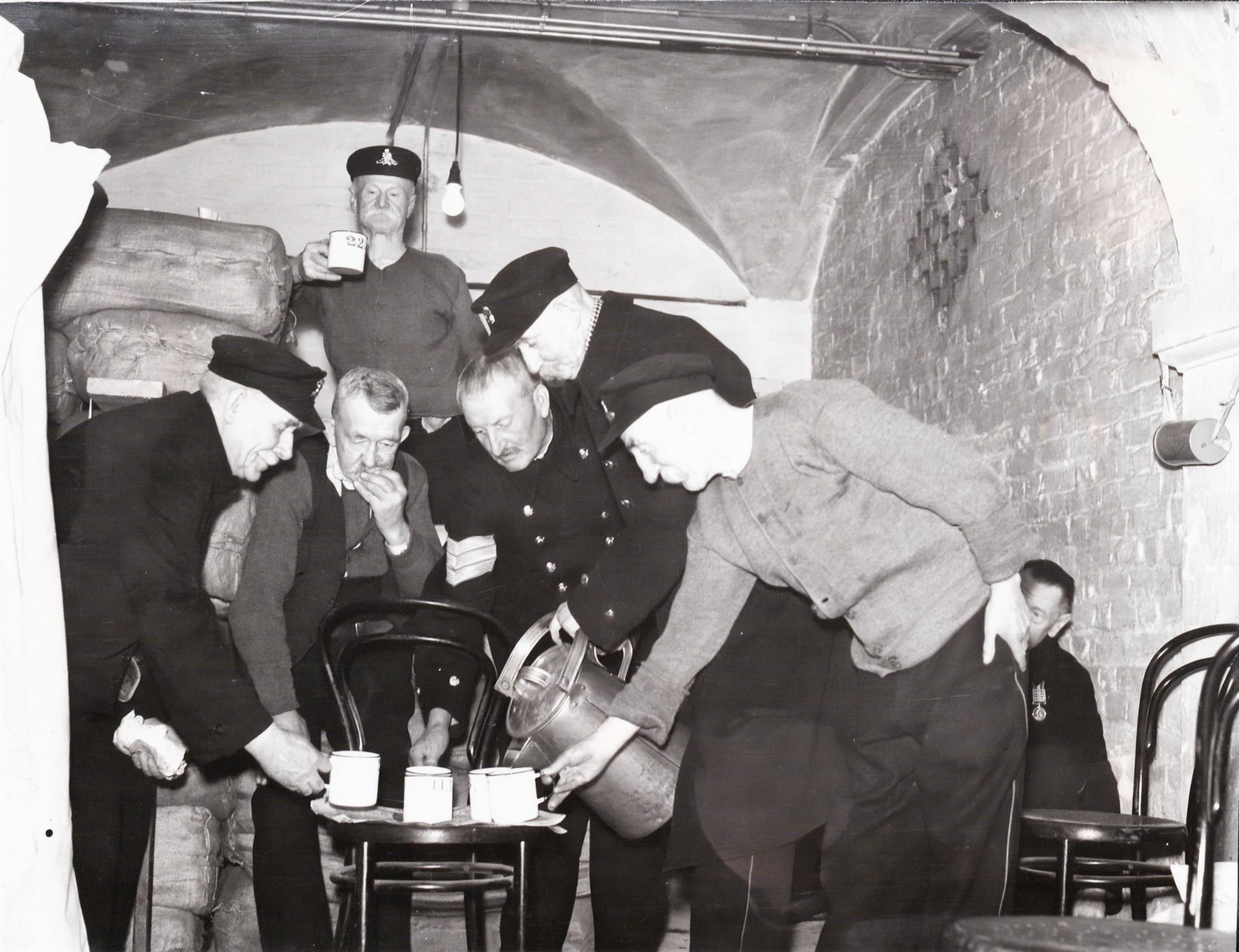
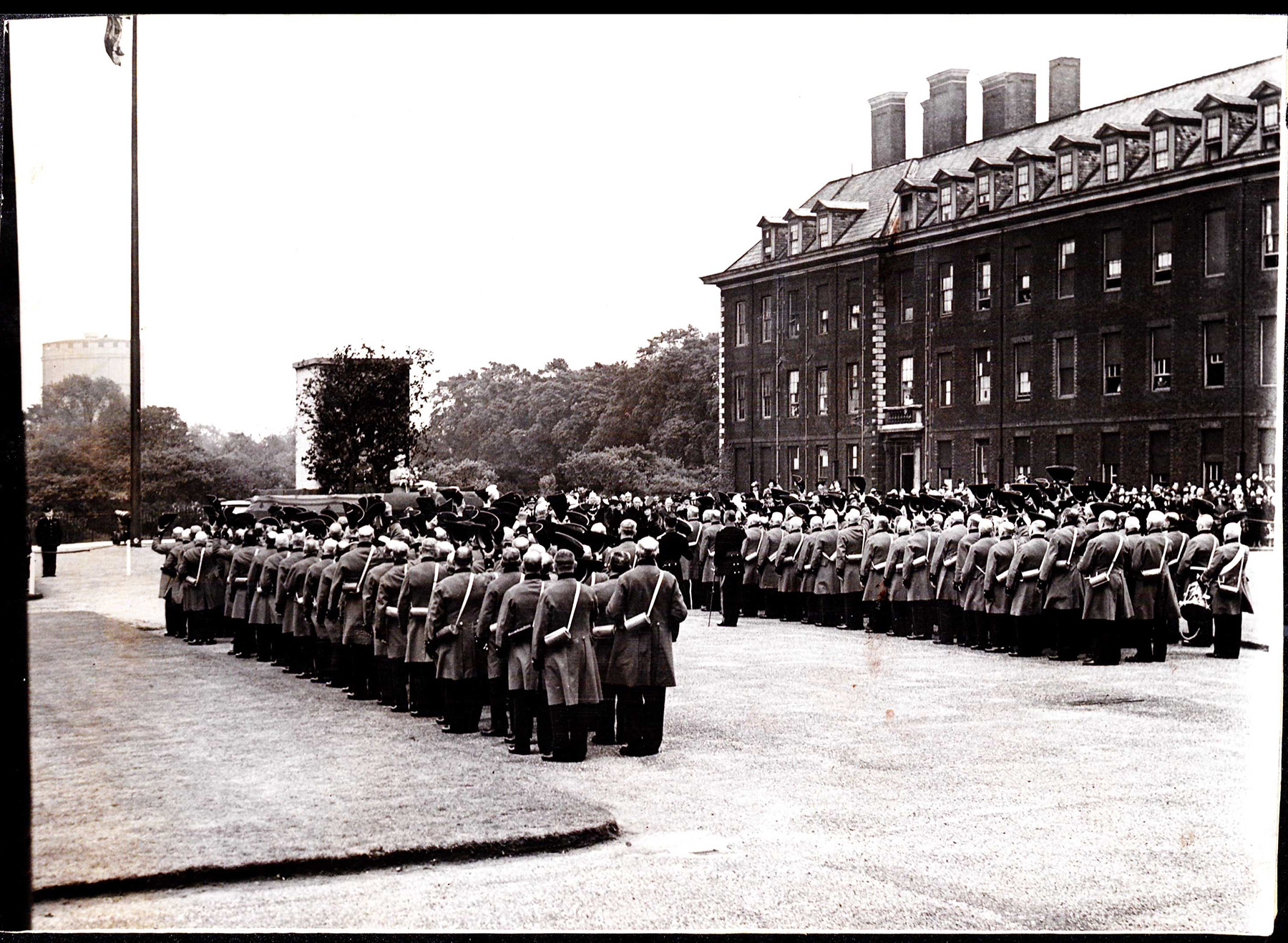
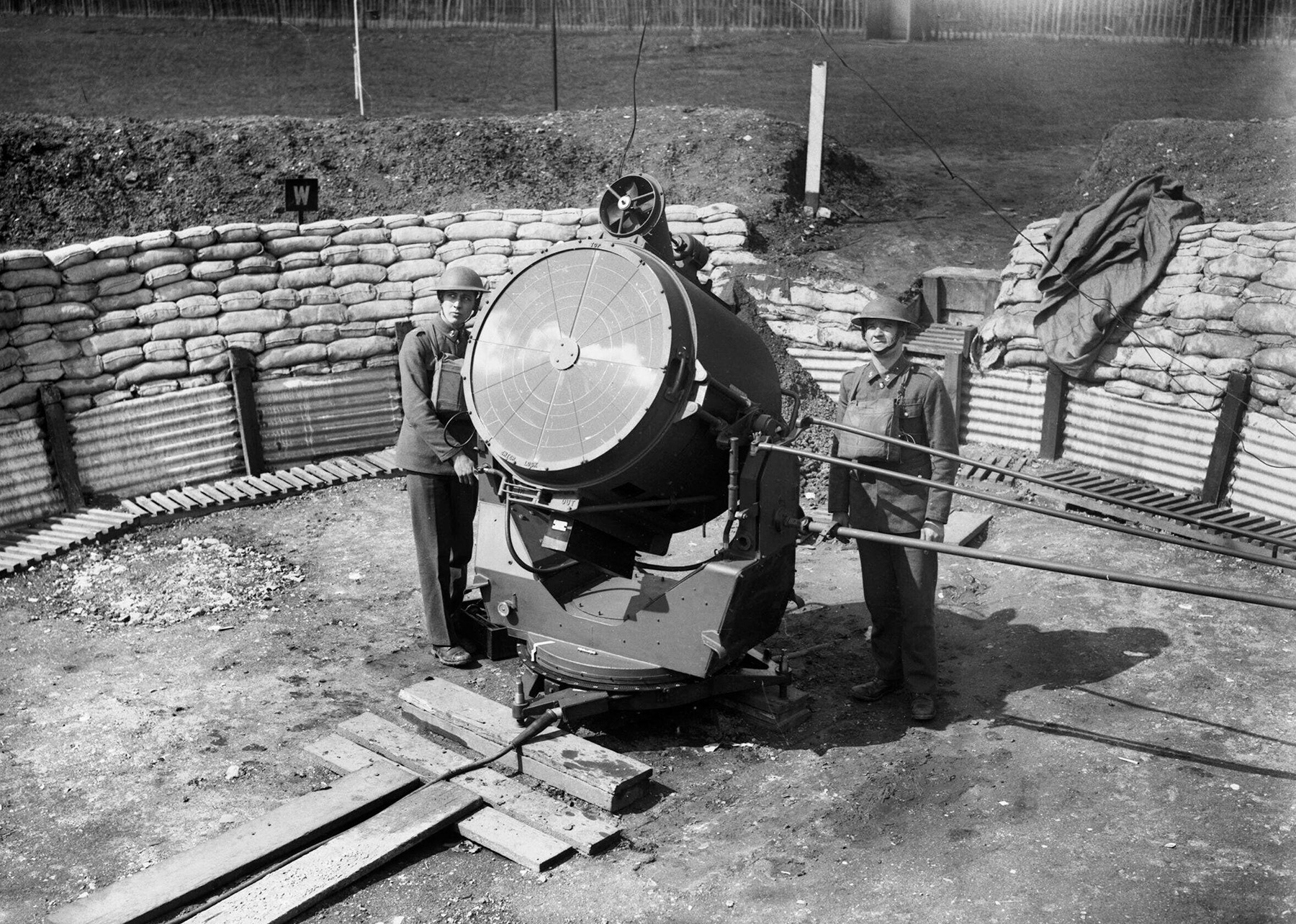
Evacuation
During the May Crisis of 1938, plans had been approved by the War Office for evacuating the whole establishment to a group of country houses in Herefordshire. Yet, during the Second World War, the decision to evacuate en masse never materialised.
On the eve of the War, about fifty Pensioners and a small staff were sent to Rudhall Manor, Ross-on-Wye, where a contingent would continue to rotate to facilitate respite until 1946. In 1942, Moraston House was secured providing a second house in that area for residents to enjoy a temporary change of scenery.
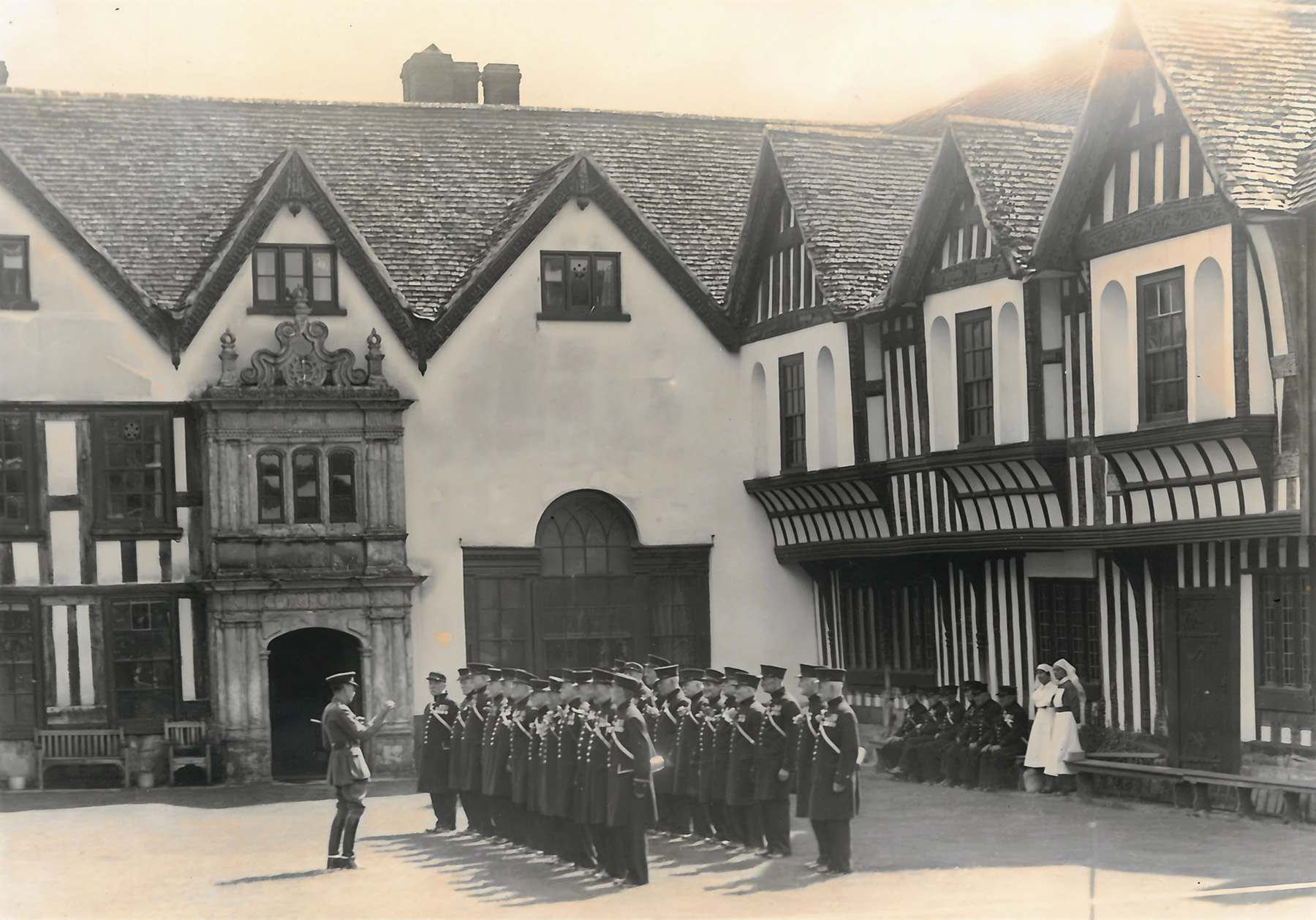
After months in various hospitals and some independent residences, the survivors of the Infirmary bombing were transferred to Ascott House, near Leighton Buzzard. In the absence of an Infirmary on site, it was occupied as such until 1946.
Throughout the war, Chelsea Pensioner admissions were suspended, causing a natural fall in numbers. Additionally, during the winter of 1940-1941 many of the Pensioners suffered severely from exposure from their time spent in the air raid shelters. Throughout this period the mortality rate, exclusive of casualties of the bombing raids, doubled. Added to this the loss of life through enemy action, by 1945 the number of Pensioners had dwindled to just under 300.